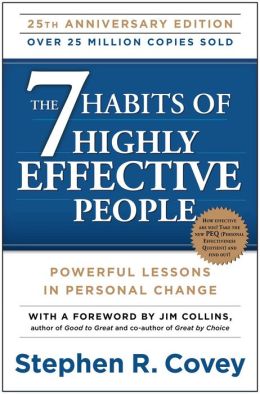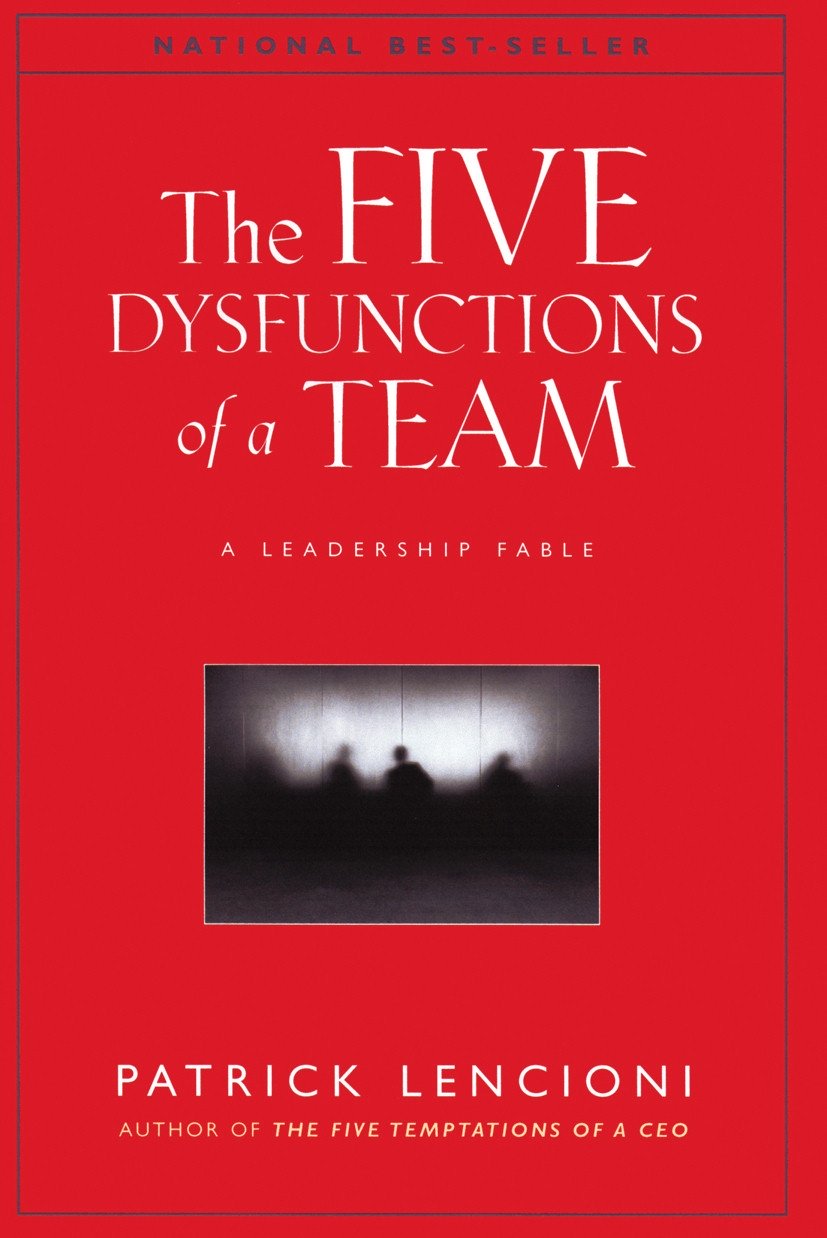The Mustard Story
The Mustard Story is a facinating story by Jim Duncan on the importance of giving corrective feedback in a constructive manner.
It is quite insightful.
Please read on for The Mustard Story, its message and its meaning.
 |
|
Jim Duncan, Retired Executive Director Memphis Botanic Gardens |
The Message
Adhering to good management behaviors is paramount to leading an organization. One of the cornerstones to effectiveness is that all good managers create expectations and insure that these expectations are communicated clearly and are understood. Once this is done the manager has to attach proper follow ups and “inspect what you expect.”
Tom Peters wrote years ago that one of the positive management behaviors was the act of “catching people doing things right.” This means leaving your office and being out among your staff and having informal interactions to balance out the systematic management reviews that are more formal.
This becomes even more important if you are managing an organization that is dependent on visitor participation and support. As a manager you want to experience what your patrons are seeing because their impressions on their visit set the tone for future visits. It also gives you the opportunity to reinforce positive impressions and correct those that are not so positive.
As part of this process, at the Memphis Botanic Garden, one of our buzz words was “mustard".
The Mustard Story
|
Let’s imagine that you’re at a reception and you meet a fellow that is well groomed, has on a very expensive tailor made suit, great looking shirt, really nice tie, highly glossed shined shoes and looks like he just stepped off the cover of an upscale fashion magazine. But right in the middle of that really nice tie is a big mustard spot. As you walk away, if you are like the vast majority of people, the only thing you remember about this individual is the mustard spot on his tie. The “mustard” is the conversation that you have with others about your interaction with the person you just met. |
The Meaning
That same principle is true for your organization in that your patrons-customers-clients remember the “mustard” in your organization, and their future behaviors relating to supporting your organization are influenced strongly by that “mustard.”
At the Memphis Botanic Garden, guests and members formed an impression on the kind of job we were doing based upon the garden’s appearance. We could have twenty-three highly cared for and beautiful displayed gardens but if we had weeds or other examples of neglect in any part of the Garden, the impression of the other beautiful spots was over powered by the “mustard.”
Part of my management style was to ride the entire ninety six acres of the Garden every day. I took great delight in recognizing staff members for areas where positive impressions would be formed. But occasionally during those daily rounds, I would see something that detracted from the Garden’s appearance, and I simply classified it as "mustard" and sent a quick text or e-mail giving the location of the “mustard”.
Because the staff understood the impact of the “mustard,” quick action usually occurred. We always strived for “mustard free” days and events.
I have to reiterate that the positive feedback needs to outweigh the mustard communication; but I found that the “mustard” concept, kept in balance, was a great way of communicating and in bringing about positive actions.
Used by permission.
Thank You, Jim!
Jim, this is brilliant! And so are you!
Thank you so very much for sharing The Mustard Story!
(For more words of wisdom from Jim, please see Jim Duncan on Leadership.)
Want To Know More?
Improve Your Relationship with Your Boss
Are you looking to improve your relationship with your boss? If so, the Boss Relationship Worksheet will help you better understand and communicate more effectively with your immediate supervisor.
To download your copy, submit your information on the form below.
After completing the Boss Relationship Worksheet, you will find that the following will prove helpful in showing you how to cultivate a better working relationship with your boss:
 |
I published my first book and I am beyond excited.
Get your FREE copy of Called to Lead!
ORDER PRINT HERE
Leaders don't
create
followers.
Leaders
create
other
leaders.
- Tom Peters













